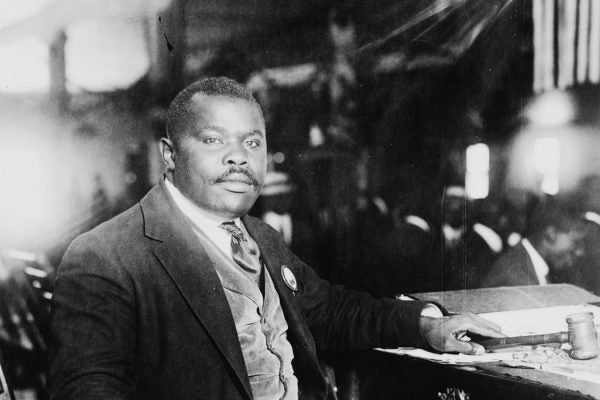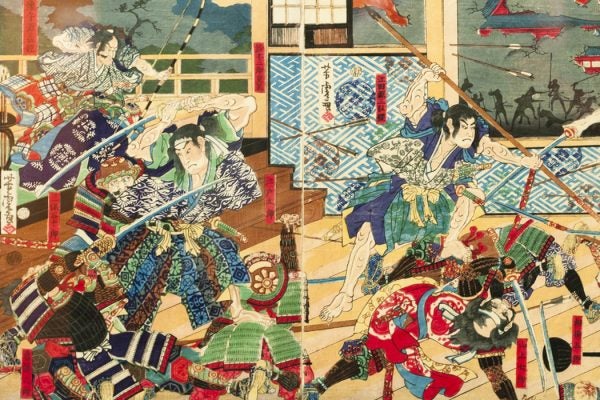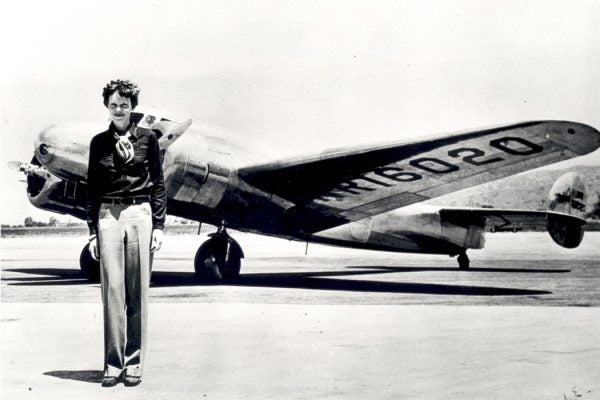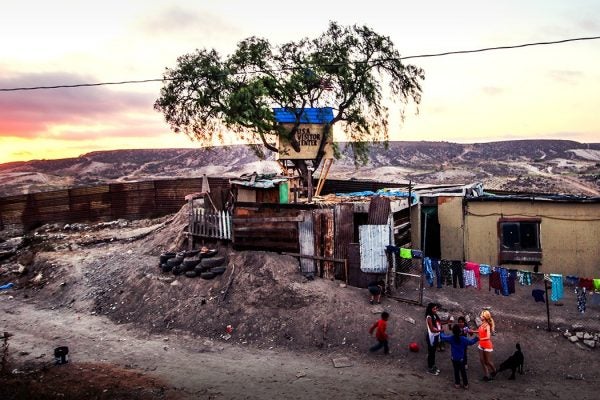Black Radicalism’s Complex Relationship with Japanese Empire
Black intellectuals in the U.S.—from W. E. B. Du Bois to Marcus Garvey—had strong and divergent opinions on Japanese Empire.
When the Elderly Poor Are Left Behind
In Japan, elderly people are committing crimes just so they can go to jail and feel cared for. A similar situation has played out in India, where the elderly have been left out of traditional social support networks.
Whatever Happened to the Samurai?
Warriors rarely give up their power, but the samurai of Japan dwindled away rapidly after the Meiji Restoration and the modernization of the country.
The Surprising History of the Kimono
The kimono that the world associates with Japan was actually created in the late-nineteenth century as a cultural identifier.
Japan’s Solution to Loneliness: Virtual Wives
Japan has always been at the forefront of technological advancement. With a lonely and over-taxed workforce, the country has now introduced the robot wife.
Marine Debris and Its Dangerous Hitchhikers
Larger pieces of floating debris, like that caused by the Japanese tsunami, may carry hitchhikers in the form of organisms native to their place of origin.
Why Women Burned Their Stockings in the 1930s
The average 1930s American woman bought up to 15 pairs of silk stockings a year—until, that is, women boycotted the fabric behind an essential garment.
Amelia Earhart Taught America to Fly
Amelia Earhart taught America to fly. How Earhart and other women pilots of her day helped overcome Americans’ skepticism about flight.
Can Art Make a Difference at the US-Mexico Border?
Japanese artist collective Chim Pom has stirred up controversy at the US-Mexico Border, building numerous artistic interventions near Tijuana’s border.
Cosmopolitanism (and Racism) at the 1909 Alaska-Yukon-Pacific Exposition
Seattle’s Alaska-Yukon-Pacific Exposition celebrated intercultural connections, but also reduced non-white cultures to quaint attractions.









